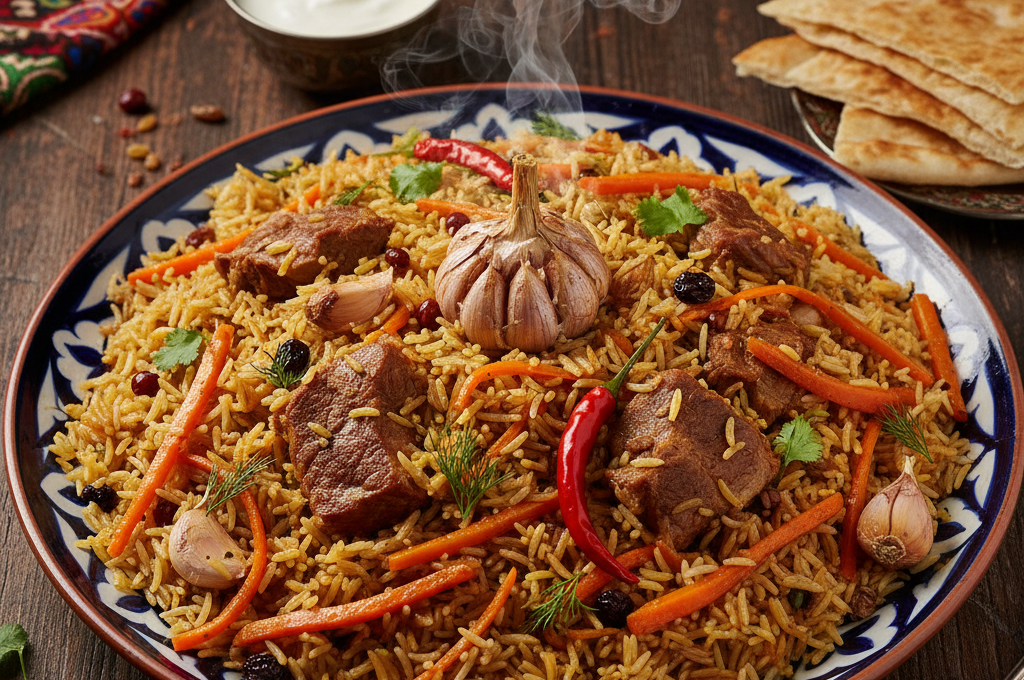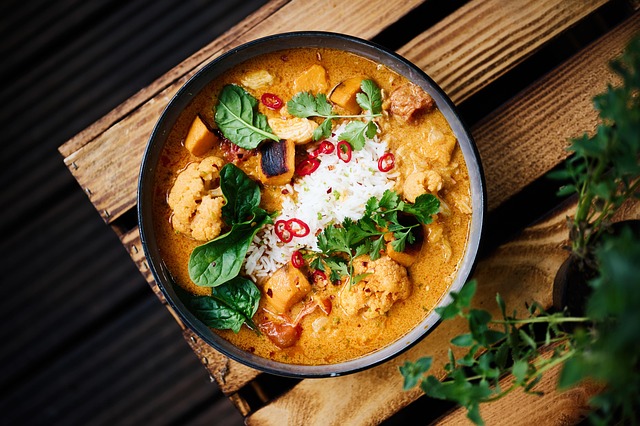Plov – Azerbaijan’s National Treasure
Plov, the aromatic rice dish, is more than just a meal in Azerbaijan—it’s a symbol of the country’s rich culinary heritage. Known for its fragrant saffron-infused rice, tender meat, nuts, and dried fruits, plov has been a central part of Azerbaijani culture for centuries. It is served at weddings, family gatherings, religious ceremonies, and national celebrations, earning its place as the country’s most iconic dish.
Unlike other rice dishes, plov Azerbaijan is distinguished by its unique combination of flavors and cooking techniques. Each bite reflects a careful balance of spices, textures, and regional traditions. For travelers and food enthusiasts, tasting authentic Azerbaijani plov is a gateway to understanding the country’s history, culture, and social customs. From the bustling streets of Baku to the serene villages of Sheki, plov is present everywhere, symbolizing hospitality, celebration, and community.
The History Behind Azerbaijani Plov
The history of plov in Azerbaijan dates back hundreds of years, with roots in Persian and Central Asian cuisine. Originally, plov was considered a ceremonial dish, prepared during festivals and special occasions. Over time, it evolved into a national favorite, with recipes passed down through generations.
Historically, plov was not just food—it represented abundance, prosperity, and respect for guests. In old Azerbaijani homes, the art of making plov was a skill taught by elders, with each family adding its unique touch. Today, the dish continues to be a staple in Azerbaijani celebrations, maintaining its ceremonial importance while also being enjoyed as a daily meal. Its enduring popularity is a testament to its cultural and historical significance.
Regional Variations of Plov Across Azerbaijan
One reason plov is famous in Azerbaijan is its regional diversity. Different parts of the country offer unique twists on the traditional recipe. For example, Baku is known for saffron-infused rice paired with lamb or chicken, while Sheki specializes in layered plov with raisins and nuts baked to perfection. Ganja and Shamakhi also have distinctive versions, reflecting local ingredients and culinary techniques.
These regional differences make plov a fascinating dish to explore. Each version tells a story of local traditions, available ingredients, and historical influences. Travelers who sample plov across Azerbaijan get a full picture of the country’s rich gastronomic tapestry. Whether you prefer a sweet, nutty variant or a savory meat-filled version, plov offers something for every palate.
Ingredients That Make Plov Unique
The magic of Azerbaijani plov lies in its ingredients. Saffron provides a vibrant color and delicate aroma, while dried fruits like apricots and raisins add sweetness. Nuts such as almonds and walnuts create a creamy texture, and slow-cooked meats bring savory depth. Fresh herbs like coriander, dill, and parsley elevate the dish further.
Markets like Taza Bazaar in Baku are filled with these essential ingredients, inspiring chefs and home cooks alike. The careful selection and combination of these components are what make plov Azerbaijan so distinctive. It is not just a rice dish; it is a carefully crafted culinary masterpiece that balances flavor, texture, and aroma.
Where to Taste the Best Plov in Azerbaijan
For travelers eager to try authentic plov Azerbaijan, several spots stand out. In Baku, traditional restaurants like Mugam Club and Karvansaray serve exceptional versions of the dish. For a more rustic experience, small local eateries and family-run homes offer home-cooked plov recipes passed down for generations.
Visiting different regions like Sheki or Shamakhi allows travelers to experience local variations of plov. Many tours also include cooking classes where you can learn the art of preparing plov yourself. Experiencing plov in Azerbaijan is not just about tasting food—it’s about connecting with the culture, history, and hospitality of the country.






Leave a Comment